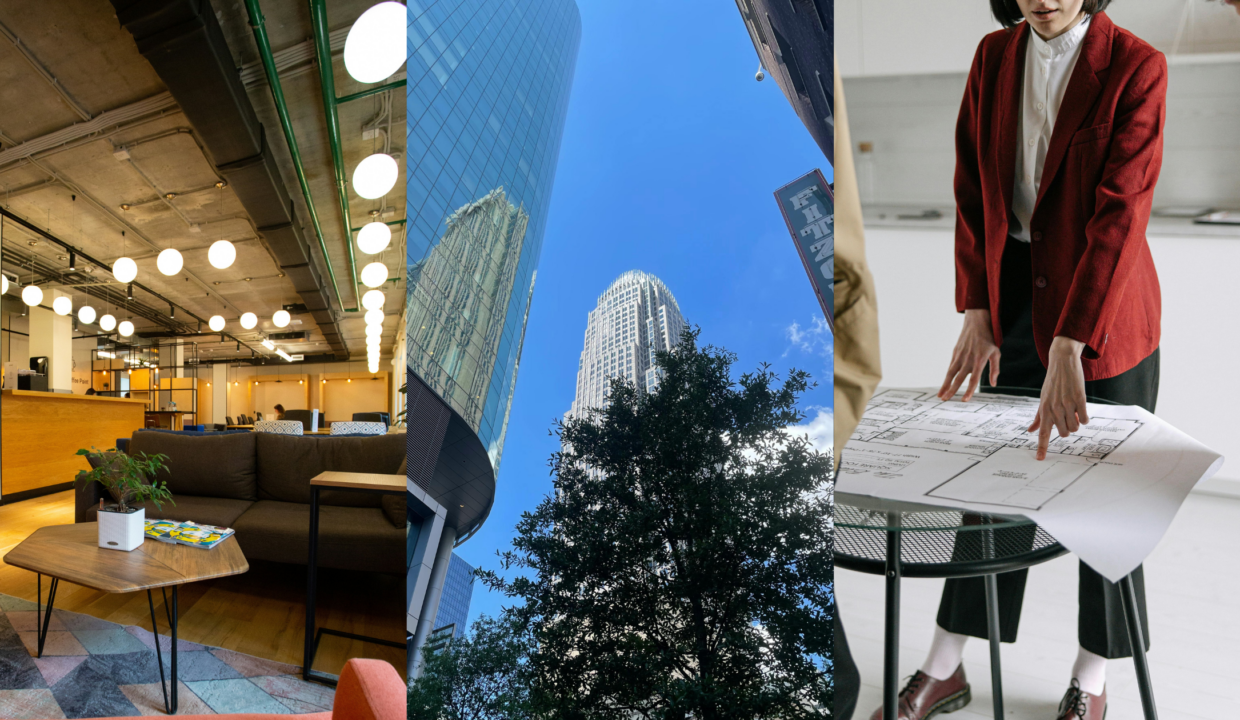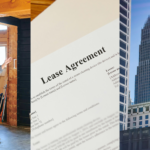
In the ever-changing commercial real estate industry, landlords and property managers are faced with the challenge of adapting to the needs of modern businesses. For those seeking to attract and retain top tenants, it is crucial to first understand CRE life cycles and how to navigate the complexities of office space needs.
Rethinking and Reviving Office Spaces
The transition to remote and hybrid work structures in recent years has caused a shift in traditional office spaces. To lower property vacancies and bring employees back to the office, CRE professionals are working to adapt these spaces to appeal to employee expectations. This includes offering flexible leasing options, incorporating hybrid-style designs, focusing on sustainability and digital integration, and including food, wellness, and social options.
Creating a Successful CRE Life Cycle
The stages of a commercial real estate project from start to finish will vary from transaction to transaction. However, several key checkpoints occur regardless of property type or situation. Strategic planning plays a vital role in these deals to ensure long-term success and even a meaningful social impact long after the project is complete.
Landlord-Built Office Spaces
Rather than offering tenant improvement allowances in their lease agreements, landlords are creating turnkey spaces on their own. These spaces, built out by the landlord before signing a tenant, are leased as is. This allows businesses to begin operations in their new space sooner and without having to pay construction costs.


